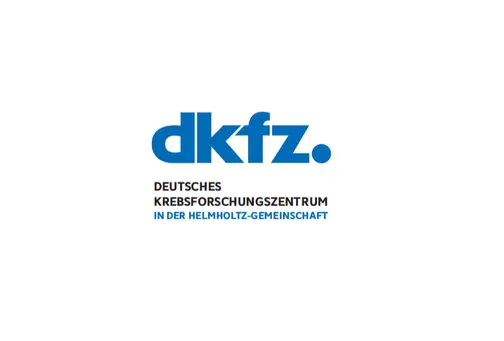Molecular Biology of Centrosomes and Cilia
- Cell and Tumor Biology

Dr. Gislene Pereira
The process of cell division must be tightly regulated to avoid errors. Furthermore, cells must undergo cell division only when required. Our group is studying the centrosome, a key component of the cellular machinery required for cell division.

Our Research
Centrosomes play a decisive role in the temporal and spatial organization of the microtubules of the bipolar spindle, which segregates the genetic material to opposite poles of the cell during cell division. In addition, a large body of evidence suggests that centrosomes also function as a signaling platform that integrates a multitude of cellular signals to control cell fate determination and cell cycle progression. De-regulation of centrosome function or number is directly related to developmental disorders and tumors. Our lab has a long-standing interest in understanding how centrosome-associated components control signaling and cell cycle progression on a molecular level, and how centrosome malfunctioning is related to disease. Our work has significantly contributed to the identification and molecular characterization of a centrosome-associated mitotic checkpoint named the spindle position checkpoint (SPOC). This checkpoint stops cell cycle progression in response to errors in the distribution of the genetic material during cell division. More recently, a similar mechanism was reported to exist in higher eukaryotic stem cells. This is currently being explored by our group in cellular models of neural and hematopoietic stem cells. In addition, we are investigating the molecular mechanisms by which conserved centrosome-associated cell cycle regulators (Hippo pathway and Cdc42 GTPase) control cell division in young and aged cells.
FUTURE OUTLOOK
The molecular characterization of SPOC signaling and cell cycle control of cytokinesis (the final stage of cell division) will constitute an important part of our future research. In addition, we are investigating centrioles, a specialized sub-structures of centrosomes, serve as a template for the formation of the basal body, from which cilia and flagella are assembled. Cilia play an essential role in signaling and cell motility. Defects in the formation or function of cilia are related to a large number of severe genetic disorders. Recent studies have indicated that cilia mal-function is also related to tumor development. Therefore, our future aims are to understand the molecular mechanisms that control ciliogenesis and the functional link between cilia, cell cycle progression and tumor formation in mammalian cells.
Team
-

Dr. Gislene Pereira
-
Astrid Hofmann
-
Sabine Reichel-Klingmann
-
Johanna Streubel
-
Cheng Yuan
Selected Publications
Gryaznova Y. et al.
Meitinger F. et al.
Schmidt K.N. et al.
Caydasi A.K. et al.
Get in touch with us

